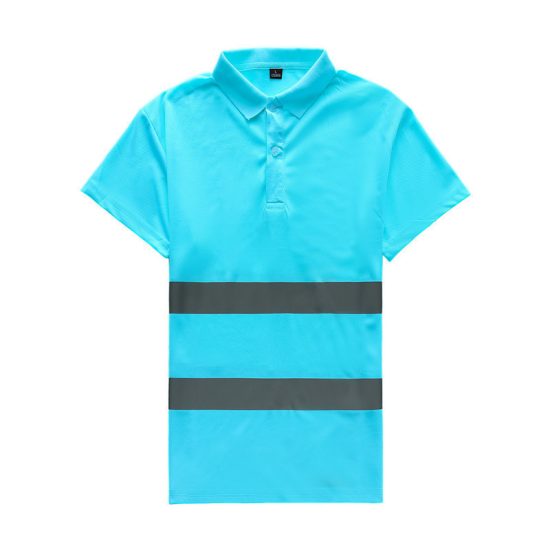DIY enthusiasts often engage in a wide range of projects that can involve various hazards. Proper safety gear is essential to protect against potential injuries and ensure a safe and enjoyable DIY experience. Here is a list of safety gear that DIY enthusiasts should consider using:
- Safety Glasses or Goggles: Eye protection is crucial for preventing injuries from flying debris, dust, chemicals, or splashes. Safety glasses with impact-resistant lenses or goggles provide adequate protection.
- Hearing Protection: Depending on the tools and equipment you use, hearing protection such as earplugs or earmuffs can help prevent hearing damage from loud noise.
- Dust Masks or Respirators: When working with materials that generate dust, fumes, or harmful airborne particles, wear a dust mask or respirator to protect your respiratory system from inhalation hazards.
- Work Gloves: Appropriate work gloves provide protection against cuts, abrasions, and chemical exposure. Choose gloves made from materials suitable for your specific DIY tasks, such as leather, nitrile, or latex.
- Safety Helmets: If you are engaged in DIY projects involving overhead work, consider wearing a safety helmet to protect your head from falling objects or bumps.
- Protective Clothing: Depending on the nature of your DIY tasks, consider wearing long-sleeved shirts, pants, or coveralls to protect your skin from cuts, abrasions, chemicals, or UV radiation.
- Knee Pads: Knee pads can provide cushioning and support for your knees when working on projects that involve kneeling or crouching for extended periods.
- Steel-Toed Boots or Work Shoes: Sturdy footwear with reinforced toes protects your feet from heavy objects, tools, or falling debris.
- Chemical-Resistant Apron and Gloves: When handling chemicals or working with messy materials, chemical-resistant aprons and gloves provide protection against splashes and spills.
- Safety Harness: If you are working at heights or on elevated surfaces, a safety harness and appropriate fall protection equipment can prevent serious injuries from falls.
- Fire-Resistant Clothing: When working near open flames, sparks, or hot surfaces, consider wearing fire-resistant clothing to reduce the risk of burns.
- Tool-Specific Safety Gear: Depending on your DIY projects, you may require specific safety gear for certain tools. For example:
- When using power saws, a push stick or push block can keep your hands safe.
- Woodworkers may benefit from feather boards and splitters to prevent kickback.
- Welders should wear welding helmets, gloves, and flame-resistant clothing.
- First Aid Kit: Keep a well-stocked first aid kit on hand for immediate treatment of minor injuries.
- Fire Extinguisher: Depending on your workspace and the materials you work with, having a fire extinguisher readily accessible is essential for fire safety.
- Safety Signs and Barriers: Use caution signs, barricades, and safety cones to warn others and create safe work zones when necessary.
- Emergency Eye Wash Station: If you are working with hazardous chemicals, having access to an emergency eye wash station can be life-saving in case of eye exposure.
- Tool Safety Accessories: Tool-specific safety accessories, such as blade guards, safety switches, and push sticks, should be used as recommended by the tool manufacturer.
Remember that the specific safety gear you need can vary based on the type of DIY projects you undertake. Prioritize safety by wearing the appropriate gear for each project, and be sure to follow safety guidelines and instructions provided with your tools and equipment.


